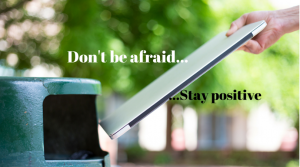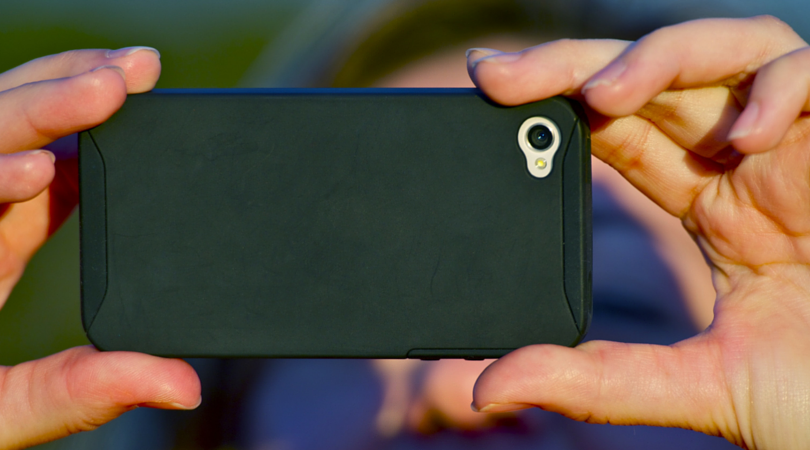Tips for Building a Digital Citizenship Curriculum
by Michelle Ciccone | Blended Learning SPECIALIST
This year, JFYNetWorks worked with Revere High School to develop and implement a digital citizenship curriculum within the school’s civics class. Our blog post back in May explained why we believe it’s important for schools to address issues of digital citizenship. Digital citizenship includes a lot of really important things, like teaching students to vet and analyze information found on the Internet; to treat with respect other members of the online communities they take part in; and to use digital tools to actively engage with 21st century civic institutions. Schools consider numeracy and literacy essential to preparing young people for success in life. In our digital age, isn’t digital citizenship essential as well?
Whether a digital citizenship curriculum is used in a civics course or as part of the library of services your school offers, it’s important to address students’ digital lives. Not only is it important, it’s also fun, for teachers and students. Here are a few tips for building a digital citizenship curriculum for your own learning community.
Tip #1: Stay positive

Discussions of digital citizenship often boil down to a list of don’ts. Don’t post this picture online. Don’t say that online. The don’ts are backed up with scare tactics: Be afraid because everything online is permanent. These warnings do have merit – for young people and adults. But is this all there is to digital citizenship?
Keith Heggart explores this question in his blog post (also picked up by edutopia.org) “Why I Hate ‘Digital Citizenship.’ ” He makes a useful distinction between digital citizenship and digital responsibility. “We’re teaching kids how to stay safe and be sensible – but that’s not citizenship… It’s like teaching children to cross the road safely and claiming that’s teaching citizenship. Citizenship is how to participate- – safely, yes, but also meaningfully and thoughtfully — in civil society, in political, social and other spheres. There’s a lot more to it than just responsibilities.”
Focusing solely on the negative obscures the power that the Internet and technology more generally can have when put to positive use. Instead of focusing on what students should not do, a digital citizenship curriculum should focus on what they can and should do. It should provide opportunities to practice these skills and habits within the safety of the classroom.
Tip #2: Digital citizenship is about skills AND personal habits
During a class lesson on Google Search, I discovered something that surprised me. Though every student said they used Google Search regularly, not one knew how it works. I explained what an algorithm is and showed a TED Talk on the filter bubble— the concept that our interaction with the infosphere is becoming more and more narrow as platforms like Google, Netflix and Amazon predict what we want and filter out what their algorithms say we don’t care about. Students became angry when they realized that their access to information is controlled by somebody or something else. They felt duped. I was surprised by the level of anger, but even more surprised that the students who were the most fired up were the ones who were the most chained to their smartphones, the ones who were constantly looking down during class to text or whatever.
This is an important point: digital citizenship is more than informing students about how their devices work and teaching skills to put their digital tools to good use. It’s also about encouraging young people to be conscious of their personal habits and to consider the place that technology holds in their everyday lives. A digital citizenship framework needs to get students in the routine of asking themselves reflective questions:
Does this feel good? Do I like being so attached to my smartphone or Facebook or Snapchat? Is this behavior helping me reach my goals?
We must try to get young people in the habit of pausing and examining their attitudes and behaviors around technology, and the real, physical consequences of these behaviors.
Tip #3: Remember: this isn’t just for techies

One of the teachers I worked with is a self-described technophobe. He brags about his lack of online presence. But this teacher could not have been a better guide for his students to consider how to use technology to become more active citizens, and how technology might hold them back from doing so. In his youth this teacher was active in the anti-Vietnam War movement of the 1960s. Activism is in his blood. He doesn’t have to know how to post a tweet to understand the formula—he wouldn’t say algorithm– for a vibrant and connected group of people who want to work towards effecting change they care deeply about.
This is a great lesson to be learned: the power of the Internet to connect us to people and causes is actually a very low-tech concept. This lesson helps us better understand the power and the pitfalls of the Internet and technology by looking at these issues from a very human perspective. When we do that we can start to understand how technology can be used to help us become more human and connected. Understanding the human dimension of technology should be our overarching goal in the digital citizenship classroom. The emphasis of “digital citizenship” should always be on “citizenship.”





